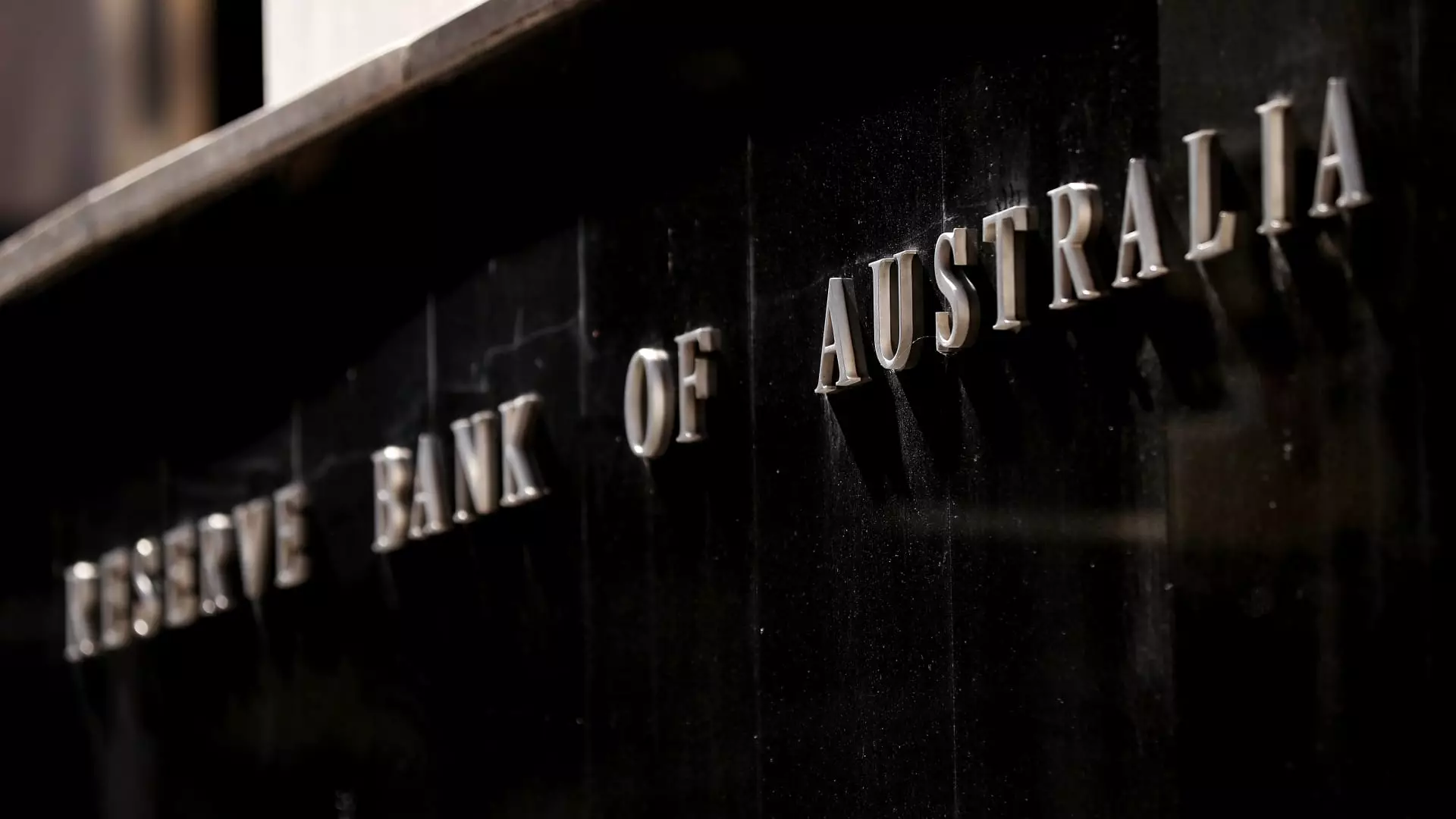On Tuesday, the Reserve Bank of Australia (RBA) made a pivotal decision by reducing its benchmark interest rate for the first time in over four years, moving from 4.35% to 4.10%. This move marks an important juncture in the RBA’s monetary policy, signaling its adjustment to an evolving economic landscape characterized by softening inflation rates. The decision aligns Australia with other major global central banks that have recently initiated similar easing measures aimed at stimulating economic growth, particularly in the wake of the challenges brought on by the COVID-19 pandemic.
Understanding the RBA’s Monetary Policy Context
The RBA’s recent decision comes on the heels of significant economic pressure that had led the bank to implement thirteen consecutive interest rate hikes since 2022 in an effort to combat inflation. By November 2020, the central bank had previously reduced its key rate to a historic low, striving to counteract the adverse economic impacts of the pandemic. In its announcement, the RBA recognized “welcome progress on inflation,” yet it also adopted a cautious tone regarding further easing—highlighting the delicate balance it must maintain in a fluctuating economic environment.
Economists like Abhijit Surya from Capital Economics are already projecting a brief cycle of rate cuts, emphasizing that the RBA may only facilitate two cuts during this period, with a terminal cash rate projected at 3.60%. This indicates that while a path of easing is now open, the RBA remains wary of full commitment and proactivity, aiming instead for a measured approach.
Australia’s recent inflation data has been crucial in shaping the RBA’s stance. The Australian Bureau of Statistics reported a decline in the inflation rate to 2.4% for the year ending December, a decrease from 2.8% in the previous quarter. This downward shift presents the RBA with a favorable landscape for potential policy easing. The central bank’s target for medium-term inflation rests between 2% and 3%, and its confidence appears to be building as signs of stabilizing inflation emerge. Notably, the RBA highlighted that inflation is easing more rapidly than anticipated, which underscores an optimistic outlook for price stability.
That said, underlying uncertainties abound, primarily regarding the labor market’s resilience. The unemployment rate, which hovers around a historic low of 4.0%, suggests labor tightness; however, recent labor market data has been unexpectedly strong, adding complexity to the economic picture. As the RBA noted, the labor market may be tighter than previously assessed, which can exert upward pressure on wages and potentially impact inflationary dynamics in the future.
The timing of this interest rate cut also carries political ramifications for the Labour government as it gears up for an upcoming election amid lackluster economic growth figures. Recent data reveals that Australia’s gross domestic product (GDP) experienced only a 0.3% uptick in the September quarter, with annual growth decelerating to 0.8%—the lowest rate observed since the pandemic. Given this context, the RBA’s rate cut will likely be viewed as a strategic maneuver to bolster consumer confidence and stimulate economic activity ahead of the elections.
Moreover, the RBA has expressed caution regarding household consumption dynamics. While it projects a modest increase in household spending as incomes grow, the bank remains vigilant to the risks that consumption recovery could lag. This reflects broader uncertainties regarding domestic economic activity, which can act as a brake on recovery efforts.
In response to the RBA’s announcement, the Australian dollar exhibited slight appreciation against the U.S. dollar, settling at 0.6341. Nevertheless, the Australian Securities Exchange (ASX) 200 index saw losses, shedding 0.54% on the news. This volatility in the markets highlights the mixed reactions to the RBA’s cautious yet significant policy shift.
The RBA’s interest rate cut represents a cautious step towards economic recovery in Australia. The central bank is navigating a maze of inflationary pressures, a resilient labor market, and slow growth, all while being mindful of the political landscape. As policymakers and economists analyze the implications of this decision, the broader narrative remains one of careful optimism tempered by uncertainty. The path forward will demand ongoing assessment and adaptability to ensure that the economy can recover sustainably from its recent challenges.


Leave a Reply